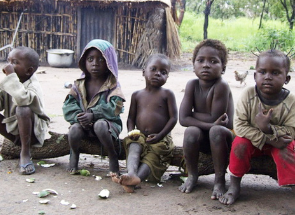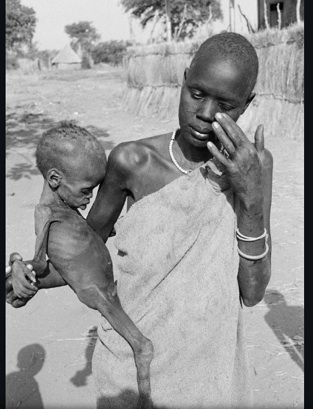
In Africa, childhood illness is not just a medical concern; it’s a pervasive issue that intertwines with poverty, inequality, and limited access to healthcare. Every day, countless children across the continent face the harsh reality of sickness without adequate resources or support systems. From preventable diseases to chronic conditions, the burden of illness weighs heavily on the youngest and most vulnerable members of society.

One of the most pressing challenges is the prevalence of malaria, a mosquito-borne disease that ravages communities across sub-Saharan Africa. Despite being preventable and treatable, malaria claims the lives of thousands of African children each year, particularly those living in rural areas with limited access to healthcare facilities and mosquito control measures.
Malnutrition further exacerbates the health disparities among African children. Poverty and food insecurity contribute to inadequate diets, leading to stunted growth, weakened immune systems, and increased susceptibility to infectious diseases. In regions where droughts, conflicts, and economic instability are rampant, malnutrition becomes a persistent threat to child health and well-being.

Additionally, diseases such as HIV/AIDS and tuberculosis continue to take a toll on African children, often orphaning them and leaving them vulnerable to exploitation and neglect. The lack of comprehensive healthcare services, including access to antiretroviral therapy and tuberculosis treatment, further compounds the challenges faced by affected families.
Moreover, the absence of clean water and sanitation facilities poses significant health risks to African children, exposing them to waterborne illnesses like diarrhea and cholera. Without access to basic hygiene practices and sanitation infrastructure, the cycle of illness and poverty perpetuates, hindering children’s growth and development.
Despite these formidable obstacles, there are initiatives and organizations striving to improve the health outcomes of African children. Through vaccination campaigns, nutrition programs, and community health interventions, progress is being made in reducing childhood mortality rates and improving overall well-being.

However, addressing the root causes of childhood illness in Africa requires sustained investment in healthcare infrastructure, poverty alleviation efforts, and education. By empowering communities, strengthening health systems, and promoting equity, we can create a brighter future where every African child has the opportunity to thrive free from the burden of preventable illness and poverty.








